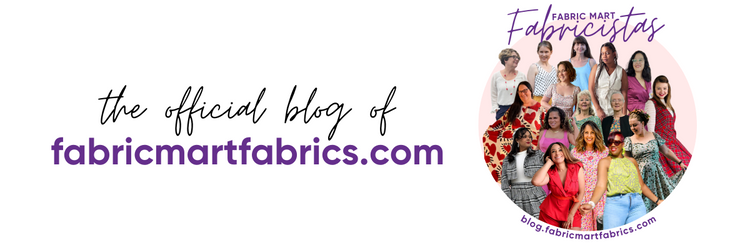A wallet was given to me for Christmas this past year and it has gotten
some heavy use. Thus an idea began to blossom. Perhaps I could make
another?
It would make a wonderful gift for others as well, so I had to give it a go.
It would make a wonderful gift for others as well, so I had to give it a go.
So I waited for a rainy day and the
patterning began! After about 20 minutes I had a new wallet.
It was so simple I had to share it with you. Enjoy!
It was so simple I had to share it with you. Enjoy!
Step 1: Find fabric and cut out pattern. Cut one of each pattern piece in the lining and outer fabric.
The nice thing about this wallet is that it is easy to create a pattern specific to your needs. You can make this bigger or smaller as you please.
Here are the dimensions I used.
Pocket size
Smallest: 2 and 3/4 inches x 5 and 1/2 inches
Middle: 3 and 1/4 inches x 5 and 1/2 inches
Biggest: 3 and 3/4 inches x 5 and 1/2 inches
*all of these measurements include a 1/4 inch seam allowance for the top of the pocket*
Back
6 3/4 inches tall
4 3/4 inches wide at the narrowest point
Step 2: Making the pockets. With right sides together, sew the straight
edge (shown here at the bottom of the photo) at a 1/4 inch seam.
Sew each of the 3 pockets in the same fashion.
At this point you should have 3 pockets and the two pieces that will make the back of the wallet.
Step 4: Stack the pockets. Smallest on the top and the largest on bottom.
Step 5: Place the pockets, right sides together, on the outside pattern piece.
Step 6: Place the lining piece on top (right side face down).
Step 7: Pin. Make sure you leave the space between the double pins open (so that you can flip the wallet right side out).
Step 8: Sew.
Step 9: Trim seam allowance.
And now the big finish! Stitch the hole closed. A nice slip stitch will do nicely.
There now, a finished wallet. What a pleasant thing!
Another color? Sure! This wallet was made from one of the lambskin hides (previously available on our website.) Being such a soft
supple leather, I added a button to the front to help hold the flap
down. I also neglected to put in a lining (which called for a few
pattern alterations), though now I think the leather could have
benefited from a little stiffness provided in the lining. Still, it's an
adorable wallet and I consider it a success.
I hope you are inspired! Run off and experiment! It is often the most important part of the process.
Marah











I have a bunch of scraps of silk shantung in different colors that I think would look great for this. Thanks!
ReplyDeleteThanks for the great idea! A Cheap Wallets was given to me for Christmas this past year and it has gotten some heavy use. Thus an idea began to blossom.
ReplyDeleteWow- this is an easy quick project. Thanks for sharing.
ReplyDeletehello,I Mary exscuse me possible have a pattern this clutch?Escuse me my orrible english ,hello
ReplyDeletemary-enrico@libero.it
Hi Mary, I'm sorry, we do not have a pattern for this wallet.
DeleteMy brother is an artist. He creates designer wallets which are so beautiful. He also creates handbags that really suits with Pakistani dresses on women.
ReplyDelete